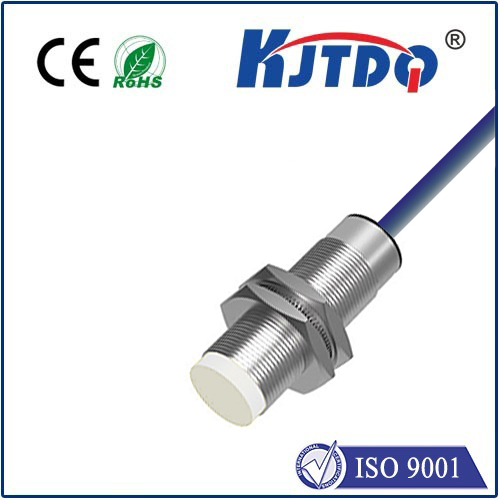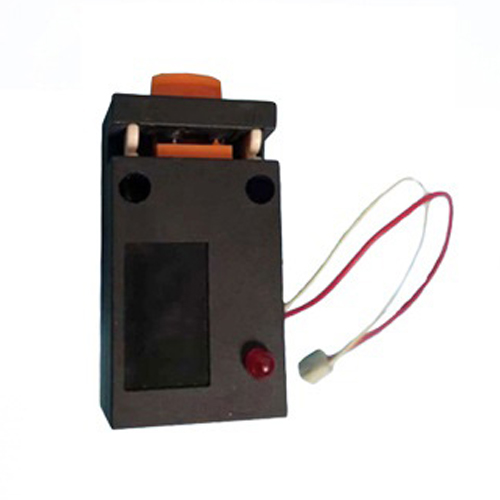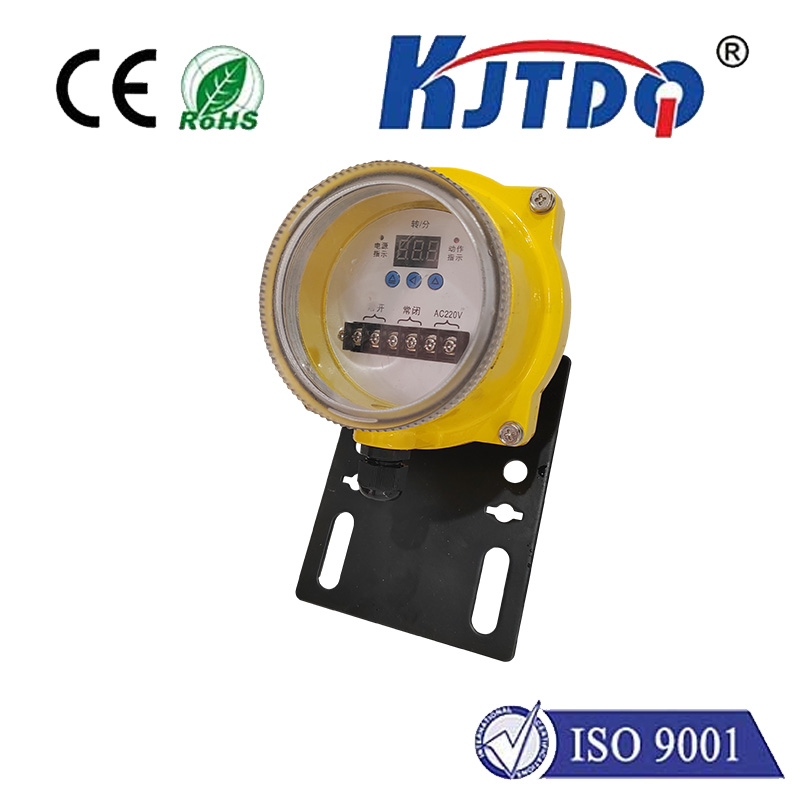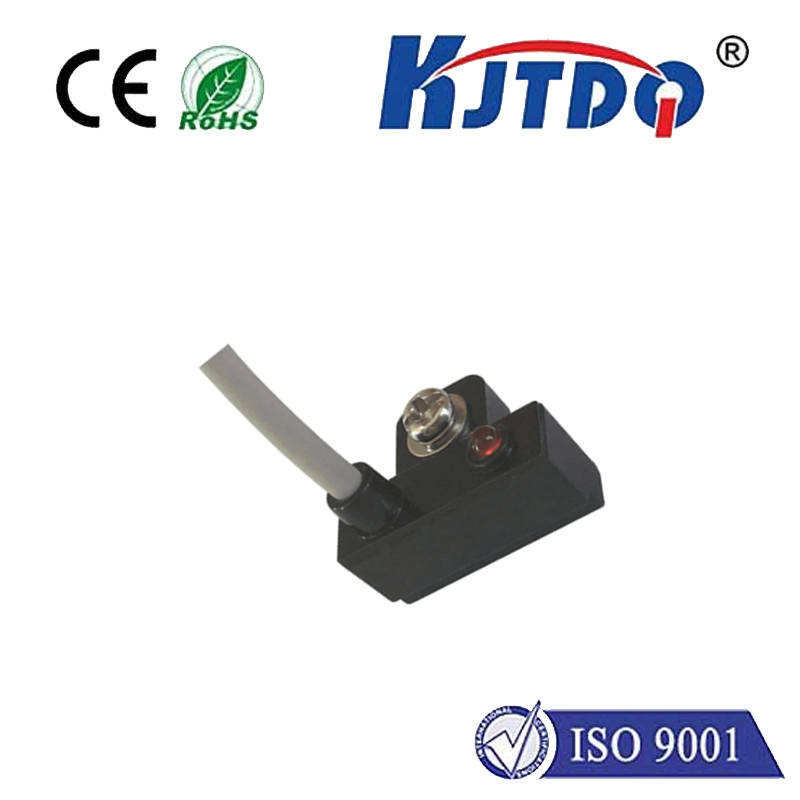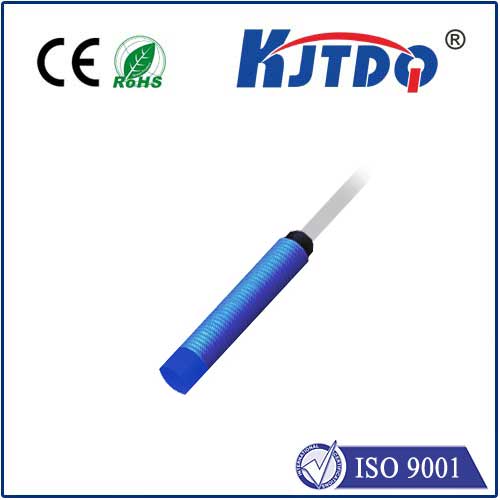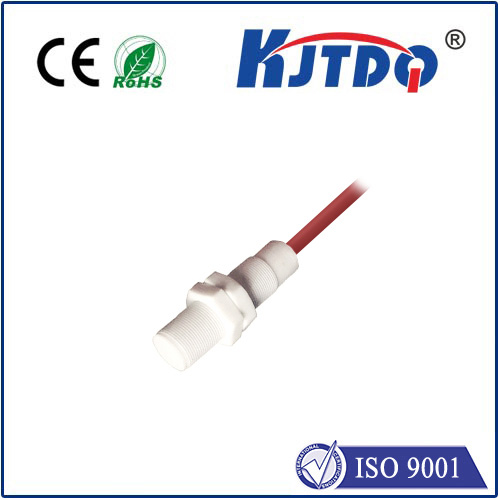

check

check

check

check

check

check

check

check

check

check
The emergence of Near Field Communication (NFC) technology has revolutionized the way we interact with our mobile devices. At its core, an NFC proximity sensor is a small device that allows for secure and fast data transfer between two devices when they are brought into close proximity. This technology has been integrated into various devices, from smartphones to smartwatches, allowing for seamless communication and functionality. In this article, we will explore the evolution of NFC proximity sensors in the world of mobile devices.
The early days of NFC technology can be traced back to the late 1990s, when research groups were exploring ways to enable wireless communication between different devices. It wasn't until the introduction of the iPhone in 2007, however, that NFC technology gained widespread attention and adoption. Apple's implementation of NFC allowed users to make electronic payments, transfer media files, and even share content directly between their devices. This marked a pivotal moment in the development of NFC technology and paved the way for future advancements.
As the popularity of NFC grew, so did its capabilities. Manufacturers began incorporating NFC into additional products, such as key fobs, payment cards, and even some car keys. The increased versatility of NFC allowed it to become more than just a simple form of contactless payment – it became a versatile tool for a variety of tasks and applications.
In recent years, advances in materials science and microelectronics have led to even more sophisticated NFC proximity sensors. These include features such as high-speed data transfer, longer range, and increased security measures. Some manufacturers have even begun experimenting with using NFC as a means of detecting and monitoring vital signs, such as blood pressure and heart rate. These advancements demonstrate the endless possibilities of NFC technology and its potential to transform the way we interact with our devices.
Despite its many advantages, there are still some limitations to NFC technology. One major hurdle is the need for compatible devices and operating systems. While most modern smartphones and tablets support NFC, older models may not be equipped with this feature. Additionally, certain industries, such as healthcare and banking, require strict security measures that may be difficult to achieve through NFC alone. However, as technology continues to evolve, it is likely that these limitations will be overcome.
In conclusion, NFC proximity sensors have come a long way since their inception in the 1990s. From their initial use in Apple's iPhone to their current implementations in a wide range of products, NFC technology has evolved to become one of the most important tools for wireless communication and data transfer. As advancements continue to be made in materials science and microelectronics, it is exciting to imagine what new possibilities NFC technology will bring in the future.
